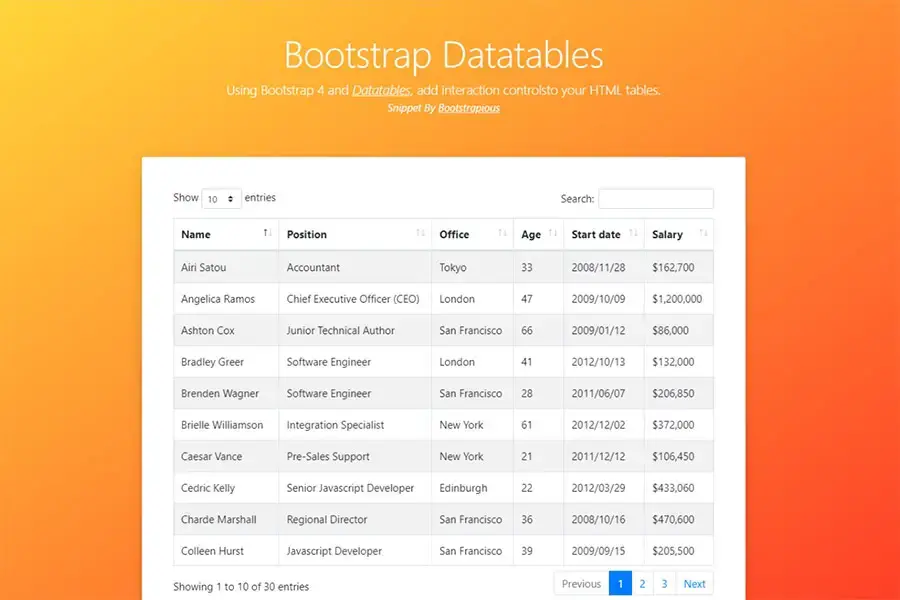Top 5 Benefits Of Digital Learning
With computer technology becoming increasingly prevalent in our lives, digital services are being used more frequently for learning purposes. Institutions have long acknowledged that digitization is crucial for education-based organizations to thrive and ensure student success both currently and in the future.
Digital learning platforms are the best thing that the digital world has offered us in a while. They provide students with flexible, interactive coursework that is accessible anytime, anywhere. Digital delivery of instruction also has the potential to expand access to learning opportunities for underserved communities and provides scope for rewarding, personalized, and self-directed study.
In the following article, we'll go through the biggest benefits that digital learning can bring to students.
Easy Access To Material

Digital learning has revolutionized the way that students access educational content. By providing easy access to materials, digital learning makes it possible for students of any age or background to gain knowledge and study from anywhere. This opens up incredible opportunities for those who may not have had the same level of access before.
With digital learning, educators can provide students with more engaging and interactive learning experiences. They can also provide students with up-to-date resources and materials and personalized guidance to help them in their studies.
Digital learning also allows for collaboration between students, teachers, and parents—allowing for a more comprehensive educational experience. This opens up opportunities for deeper learning and understanding of complex topics.
Learning At Your Own Pace
Digital learning is the perfect way to learn at your own pace. With access to online lectures, tutorials, and resources, you can customize your learning experience and pursue knowledge in any field or topic that interests you. The flexibility of digital learning provides an opportunity for students of all ages, backgrounds, and skill levels, from beginners to experts, to take control of their educational journey.
Sharper Digital Literacy Skills
Being digitally literate is now a requirement for many jobs. This means knowing how to use technology to find and share information. Technology has become such an integrated part of our lives that even something as simple as applying for a job will likely include using some form of technology.
As of 2020, nearly all children aged 5-15 years had gone online at least once. Out of these kids, over half said they posted or shared content on video-sharing platforms. However, it's noteworthy that children’s earliest experiences with technology now pre-date school. For instance, 82% of 3-4-year-olds went online in 2020 and nearly half of them already owned a tablet device.
Digital education helps learners build the skills to navigate technology and get the most out of it. It helps students find, access, consume and share content online. They learn how to evaluate the legitimacy and accuracy of the information, making sure that it is safe before using or sharing it.
Self-learning
As students move through their education, they need to be able to manage their own time effectively, do research independently, and take responsibility for their learning. They will also uncover when they learn most effectively, so they can maximize study time. Some might learn better earlier in the day while others do better at night.
Not only are time-management skills important for success in career and life, but they also benefit students preparing to enter the workforce. Understanding how to plan and organize their time will give them a leg up when competing for jobs.
A digital learning platform is a perfect way for students to see what they need to do and when. With it, they can plan their schedule and figure out a course of action that works best for them.
Gamification
Gamification is the process of using recognizable models from technology to create more engaging and successful learning experiences. By incorporating easy-to-use digital tools that many students are already familiar with through gaming, we can motivate them by offering rewards and real-time feedback.
Utilizing the principles of game design, educators can make use of a variety of techniques to engage and motivate students. These include awarding points and badges for regular achievements. This helps students feel recognized and motivated to continue on their learning journey.
Games-based learning can do more than just reward those with high test scores; it can also give recognition for behaviors that are indicative of a good learner, such as participating in class discussions and conducting independent research.
Bottom Line
Ultimately, digital learning has the potential to transform educational experiences and provide greater access to knowledge for people around the world. By breaking down traditional barriers and making education more accessible, digital learning opens up new possibilities for all students. The future of education lies in the hands of those who embrace digital learning.



